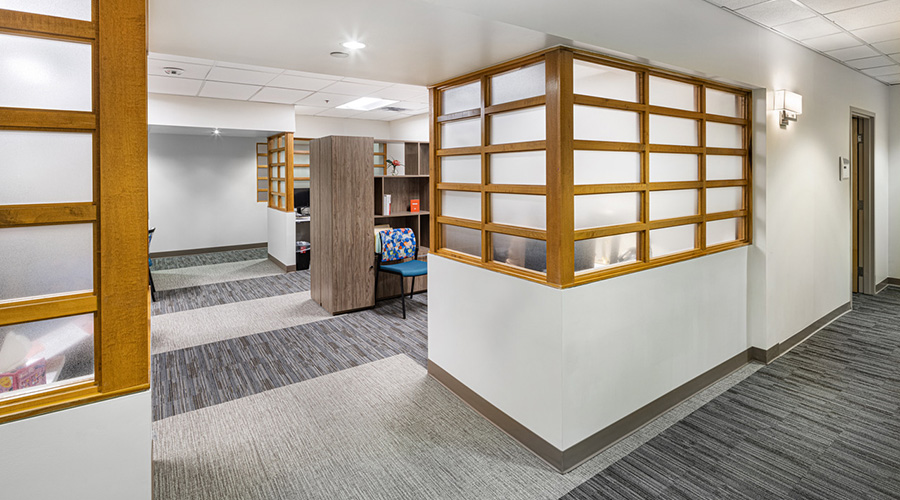Finding an available wheelchair or infusion pump involves far less footwork than searching the halls when hospitals implement real-time location services (RTLS) that save time and improve care, according to an article in the June issue of Health Facilities Management.
Using tag technologies and other computer-based services, RTLS initially captured the interest of hospitals for their asset management benefits, but some facilities are discovering that RTLS can provide clinical engineering and nursing benefits.
According to the article, the concept of RTLS remains somewhat untried in the hospital sector, but for the facilities that have used them, the benefits have been noticeable. These versatile systems can help clinical staff locate devices quickly in emergency situations; schedule timely equipment repairs on beds or wheelchairs that need to return quickly to service; or even assist the engineering department in tracking performance of such closely monitored, potentially audited things as specimen refrigerators.
As the article points out, there are "interdependent technical considerations" involved with RTLS implementation, requiring communication between clinical stakeholders and the facilities team. Key considerations include the business problems that can be addressed by these systems; the tags, platforms and software required to make RTLS systems operate; the degree of spatial resolution needed to pinpoint the object; and what sort of interoperability between systems, or even new management systems, will be needed to get an RTLS up and running.
Such RTLS can include enterprise systems such as admissions/transfer/discharge and bed management; clinical information systems; building safety and security systems; and maintenance management systems.
Before implementing an RTLS initiative, hospital officials will want to compare upfront costs with projected, achievable cost reductions. The article also notes that implementation of RTLS programs is not without its challenges. However, for facilities that carefully audit needs and determine that RTLS is feasible, the potential for operations improvements and cost reduction is there.
Read the article.

 Joint Commission Standards: What Updates Matter Most?
Joint Commission Standards: What Updates Matter Most? Swinerton Completes Construction at Atlanta's Grady Hospital
Swinerton Completes Construction at Atlanta's Grady Hospital NY Governor Hochul Announces $300M in Funds for IT and Cybersecurity
NY Governor Hochul Announces $300M in Funds for IT and Cybersecurity Healthcare Is the New Retail
Healthcare Is the New Retail Bridgeway Behavioral Health Services Launches Campaign to Renovate Health Center
Bridgeway Behavioral Health Services Launches Campaign to Renovate Health Center